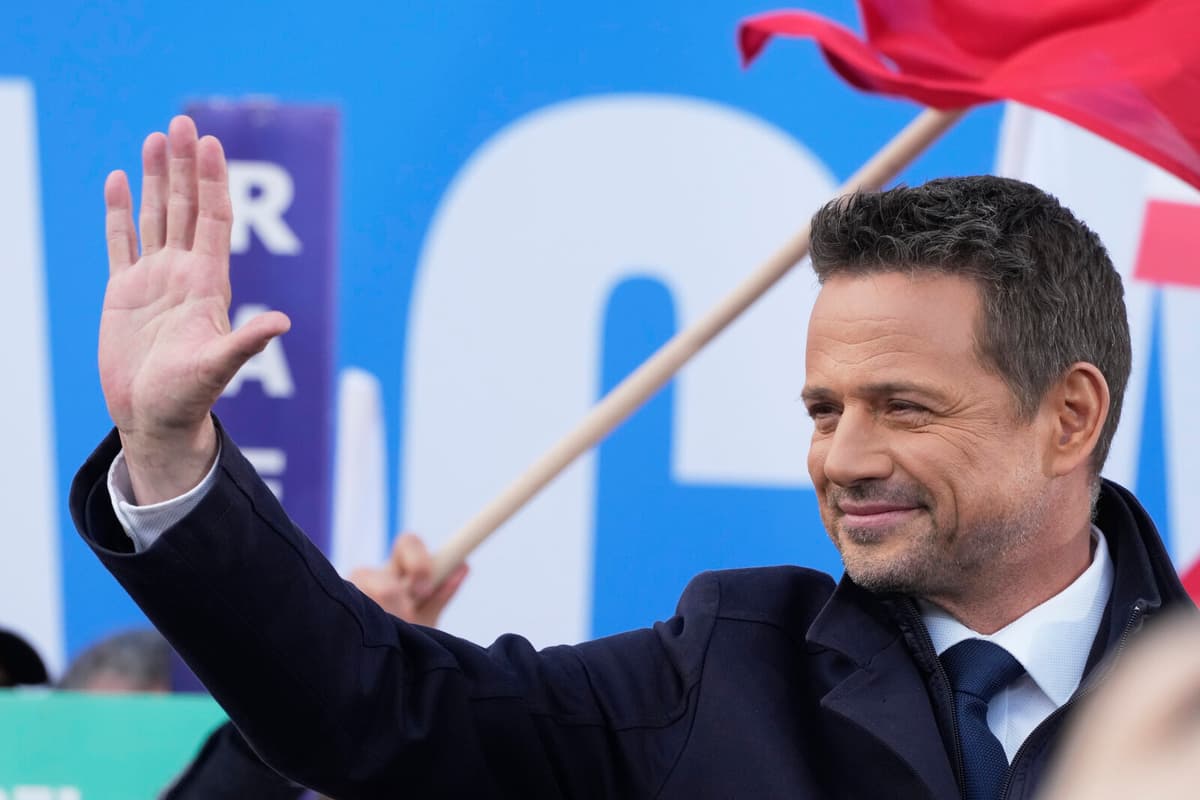However, Trzaskowski's lead is very narrow. A late exit poll conducted by the Ipsos institute, released three hours after the polling stations closed, shows that Trzaskowski is estimated to receive 1% of the votes, while Nawrocki receives 29.1%.
The official result is not due until Monday or Tuesday, but the duo appears set to take first and second place in Sunday's first round. If so, they will meet in a final round in two weeks.
In a speech during an election vigil in Gdansk, Nawrocki emphasized the small difference, which he referred to as only a "cosmetic difference", in the election result.
I want to thank the millions of Poles who voted for me. The millions of Poles who did not give in to the pressure from propaganda, lies, and falsehoods, said Nawrocki.
Trzaskowski, on the other hand, described his opponent in his speech as a "radical and conflict-seeking" person and promised to be a president who would decrease tensions in divided Poland.
Rafal Trzaskowski from the ruling party Civic Platform (PO) is close to Prime Minister Donald Tusk and his government and is generally seen as EU-friendly. Support for him is largest in larger cities.
In the more conservative countryside, many instead support historian Karol Nawrocki from the old ruling party Law and Justice (PiS). He has been received by Donald Trump at the White House and has adopted an anti-Ukrainian rhetoric during his campaign.
Poland is voting on Sunday in the first round of this year's presidential election. If no candidate directly receives more than 50% of the votes, the two best will proceed to a decisive second round on June 1.
Although the power lies mainly with the Prime Minister and the government, the President has some influence over foreign policy and also has the opportunity to stop and block legislation, unless there is at least a two-thirds majority in parliament.





